Updated April 10, 2024
Setbacks happen, even to the most seasoned among us. It’s part of the travel experience. Having an emergency preparedness toolkit can go a long way to lessening the impact when adversity strikes. What’s your state of readiness for dealing with an emergency? What’s in your emergency preparedness toolkit for travel?
Table of Contents
- Start by visualizing travel mishaps
- What to include in your emergency preparedness toolkit
- 1. Emergency medical insurance coverage
- 2. Other travel insurance
- 3. Copy of your passport
- 4. Emergency contact card
- 5. Consular services information
- 6. A connected phone
- 7. A VoIP app with credit
- 8. Emergency telephone number
- 9. Locked-screen workarounds
- 10. The cloud at your fingertips
- 11. Alternatives to the cloud
- 12. External battery pack
- 13. Emergency ID bracelet
- 14. A plan for packing luggage
- 15. Tags from a lost-and-found service
- 16. Emergency cash stash
- 17. Address where you’re staying
- 18. A whistle
- 19. A small LED flashlight
- 20. Personal security alarm
- 21. Portable door stopper
- 22. Padlock and cable
- 23. Duct tape
- 24. First-aid kit
- 25. Prepared stay-at-home family members
Start by visualizing travel mishaps
For inspiration and ideas on what to include in your emergency preparedness toolkit and what additional measures to put in place, it might help to visualize some common travel mishaps, e.g.,
- airline loses luggage
- lose your wallet to a pickpocket
- all airport ATMs reject your debit card
- experience nausea and diarrhea on a travel day
- child’s passport is missing
- airline cancels your flight
- forget the address where you’re staying
- your travelling companion needs to be hospitalized
For ideas on other possibilities, read this amazing list of travellers’ horror stories.
Then, ask yourself questions from different angles, along the lines of:
- What measures could I have put in place to avoid this?
- What would I need if…?
- What would others need in order to help me if…?
- What could I put in place for dealing with…?
In no time, you’ll have your own list of what to include in your emergency preparedness toolkit.
What to include in your emergency preparedness toolkit
To help you get started, consider these 25 suggestions.
1. Emergency medical insurance coverage
This is a no-brainer for the vast majority of travellers. Unfortunately, there are far too many people who travel without it.
Before researching what you need, look at what you already have. I’m constantly encountering people who unknowingly have coverage, and unnecessarily purchase additional insurance. Start with existing out-of-province/country coverage provided by a government-funded or employee/retiree health care benefits plan. Perhaps you have emergency medical coverage with a credit card.
Carefully scrutinize each policy for what’s covered, limits, trip duration, exclusions, age restrictions, pre-existing conditions, stability periods, deductibles, responsibilities of policy holders, and anything else affecting entitlements. If it doesn’t reflect your circumstances and needs, shop around for additional or separate insurance.
Perhaps medivac insurance is right for you. For example, with MedjetAssist, if you’re a member and become hospitalized more than 150 miles from home, Medjet will arrange air medical transfer to a hospital of your choice in your home country at no additional cost. This is especially beneficial for travellers restricted by pre-existing conditions, their age, or the amount or type of travel they choose.
Download copies of all policies and place them in a cloud storage system for access while travelling. Entitlements are usually dependent on contact with the plan administrator before, or as soon as possible, after medical treatment is provided. Immediate contact might result in being directed to the most suitable medical facility for your circumstances. This is usually followed by direct communication with that facility for direct billing purposes. The emergency contact number for your plan administrator might be the most important number you have. Carry it in one or more readily accessible locations so it’s with you at all times.
2. Other travel insurance
Ditto applies to what appears above. Research what your home and auto policies cover while travelling. A premium credit card comes with a suite of insurance benefits, so check what you already have with your card. A decent one covers trip cancellation, delayed and lost baggage, trip interruption, flight/trip delay, common carrier accident, concierge services, and auto rental collision/loss damage.
3. Copy of your passport
Always carry a copy of the information page of your passport. It will last for years if it’s laminated. Carry it in your day bag and use it when a passport is required for purchasing a SIM card, checking into accommodation, or obtaining medical attention. Chances are if someone other than an immigration officer asks for your passport, a copy will do. In countries where corruption is tolerated, you’re less likely to be the victim of extortion if you hand over a laminated copy to someone purporting to be a public official.
A copy is useful in the event you lose or damage your passport and need to apply for an emergency replacement. Before your trip, visit your country’s website for a description of the process. Chances are you’ll be able to have a replacement within 24 hours if you have the necessary documentation and follow the steps involved.
See 9 Tested reasons to carry laminated copies of your passport for more information.
4. Emergency contact card
A laminated credit-card-sized card containing emergency contact information takes up no space in your wallet and it will always be with you. Well, hopefully. Laminate a few backup copies for the pocket in your phone case, passport sleeve, day bag, and main travel bag. Leave one with a stay-at-home family member. Perhaps give one to each of your travelling companions or tell them where they can be found. A pack of do-it-yourself laminating cards (or luggage tag makers) from a dollar store is a cheap and convenient tool for making them. See How to make a traveller’s emergency contact card in 5 easy steps for ideas on what to include and the steps involved.
5. Consular services information
Check if the foreign affairs department of your country has a downloadable wallet card for consular services, and the contact information of the nearest embassy or consulate.
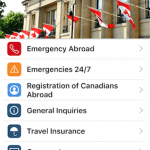 This information, and more, might be available in an app. For example, Travel Smart – Canada invites users to enter their destinations, join the Registration of Canadians Abroad program, follow the government’s Facebook and Twitter accounts displaying travel advisories, and call consular services, embassies, and consulates — all directly from the app.
This information, and more, might be available in an app. For example, Travel Smart – Canada invites users to enter their destinations, join the Registration of Canadians Abroad program, follow the government’s Facebook and Twitter accounts displaying travel advisories, and call consular services, embassies, and consulates — all directly from the app.
6. A connected phone
A mobile phone connected to a cellular network can be a lifesaver in an emergency.
If you have an unlocked phone, monthly plans with generous data and calling features can be had for $30 or less in most countries. For example, a twenty-dollar Vodafone plan in Australia in 2019 came with 45GB of data and a handsome number of minutes of calls to several countries. If you’re staying just a week or two, $30 isn’t much, especially if a phone is needed in an emergency. Research your options before leaving home. The helpful resource, Buying SIM Cards and eSIMs Around the World at Too Many Adapters is an excellent starting point.
If you have a carrier-locked phone, your carrier will inevitably have a selection of roaming plans and packages. Choose one that’s right for you and your budget.
7. A VoIP app with credit
VoIP (Voice over Internet Protocol) allows you to call from your unlocked or carrier-locked phone to anywhere in the world, as long as you’re connected to the internet. WhatsApp has risen in popularity to the point that many tour guides and businesses use WhatsApp to communicate with customers.
There are a host of VoIP apps available. If one of your contacts has the same app, chances are you’ll be able to call that person at no charge. For example, I’ve been a Viber user for many years. Like most VoIP apps, it synchronizes with my contact list and judging from the number of my contacts with the app, it’s very popular. Viber-to-Viber calls are free, so make sure anyone you expect to call in an emergency has the app on his/her phone.
Viber offers both a free and paid service. The Viber Out paid service is useful in emergency and non-emergency situations when you need to call a landline. That’s when a VoIP app with prepaid credit comes in handy. The cost of the call is determined by the country you’re calling, not where you’re calling from. For example, a call to Canada costs 0.9 cents per minute, India 1.5 cents, New Zealand or USA costs 1.9 cents, UK costs 2.0 cents, and Australia 2.1 cents (2024 rates). Costs to mobile phones are higher. Skype has a similar feature with SkypeCredit.
8. Emergency telephone number
Look up the emergency number of the country you’ll be visiting. Commit it to memory so calling it is a simple swipe and three taps away after turning on your phone. Or, download the app, TripWhistle Global SOS.
9. Locked-screen workarounds
How frustrating it must be for emergency responders who have no way of knowing who you are or how to contact your ICE contact despite having access to your passcode-locked phone. I use the free app from RoadID showing my ICE contact on the screensaver.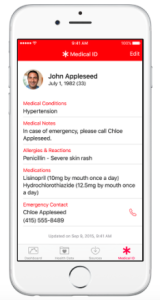
There’s also the iPhone Health app. It supports the creation of an emergency card that’s accessible from the lock screen. The format allows you to post information such as date of birth, medical conditions, allergies and reactions, medications, ICE contact, blood type and donor status — useful information for first responders and health care providers.
10. The cloud at your fingertips
With free Wi-Fi and/or a cellular data plan, access to your travel documents is just a few clicks away on your phone, tablet, or laptop. Load everything that might be useful in an emergency, and everything else to make your travels easier. Include a scanned copy of your passport’s information page, confirmations of bookings and reservations, e-visas, addresses and directions to where you’ll be staying, your camera’s user guide, and copies of all insurance policies.
There’s a host of free and paid cloud services available, with prices dependent on how much storage is needed. I like Dropbox as it plays nicely with so many other apps. To expand your free storage options, diversify your cloud portfolio by adding other services such as Google Drive and Box.
11. Alternatives to the cloud
If a cloud-based service isn’t for you, or you’d like backup options to the cloud, there are plenty of other ways to store essential documents.
- Gmail is great for creating folders and storing all your trip-related emails in their respective folders. It has generous storage, and emails aren’t deleted after a specific period.
- Itinerary-management apps offer a host of features. I love Kayak’s ‘Trips’ for the way it captures and displays all my bookings and preserves the original emails and confirmations. It sends real-time flight status alerts by SMS or email, a service that requires a paid subscription with TripIt. There are many reasons Kayak ‘Trips’ is My favourite itinerary management app.
- A digital password wallet is a necessity. It takes time to input your data, so invest time researching what’s right for you. I chose DataVault many years ago, and thankfully, it has served me well. A secure password wallet is a safe way to store usernames, passwords, security codes, account numbers, and other critical information. Other popular choices are 1Password and LastPass.
12. External battery pack
Going digital and paperless has its pitfalls. One is losing access to important information if your phone’s battery is drained. Packing printed material is one solution, but carrying reams of paper will likely tip your bag over the carry-on limit.
A portable charger can see you through a long travel day when you’ve relied on your phone for navigation, checking emails, or taking photographs. See Pack light with a travel-friendly external battery pack for more information on my choice of the TG90, a 10,000mAh unit.
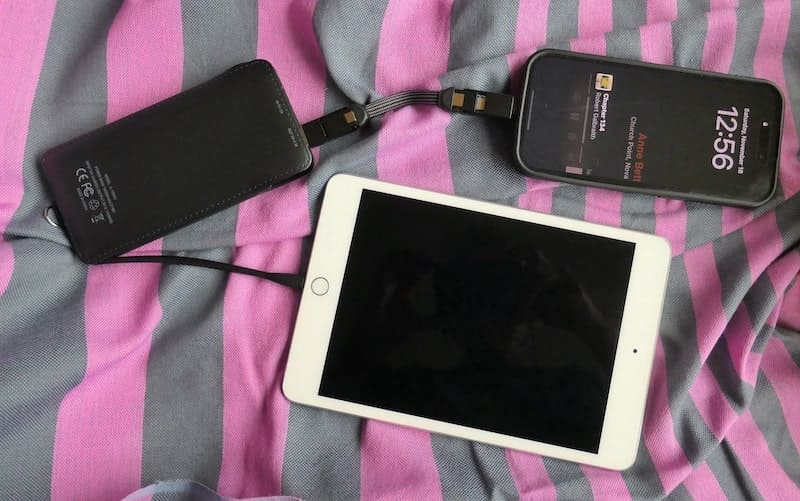
13. Emergency ID bracelet
The most important feature of an Emergency ID bracelet for travellers is that it can speak for you when you can’t speak for yourself. Look for a company with a range of bracelets and an easy-to-use online builder to customize your ID. I have a Road ID Elite that I wear for the duration of each trip. It contains:
- my name and year of birth
- passport number and country of citizenship
- town, province, and country of residence
- name and telephone number of my ICE contact
- administrator of my emergency medical insurance policy and toll-free number
14. A plan for packing luggage
Is it possible you’ll be checking a bag, or placing it in a baggage storage area at a hotel or hostel? Or it’ll be transported in the luggage hold of a bus or train? If so, visualize losing your bag under these conditions. What you pack in this bag should be easily replaceable with a shopping trip. What can’t be so easily replaced needs to be worn or carried in your personal carry-on, purse, or day bag — the bag that’s with you at all times. Identifying what it’ll contain will provide clues on the size and type of your hand baggage.
Place inside and outside luggage tags on all bags. See Luggage tag tips for ideas. Take photographs of your packed bags, inside and out. Store copies in the cloud, along with a copy of your packing list. Review your insurance policies on lost or delayed luggage. If you need original receipts, carry a packing organizer such as a zippered envelope. Otherwise, store scanned copies in the cloud. The app Scanner Pro is a handy portable scanner, and useful for collecting digital copies of printed material during your travels.
15. Tags from a lost-and-found service
Luggage can be lost, or items can be easily misplaced or left behind. A lost-and-found tag helps hoteliers and hosts, airline and airport security staff, or Good Samaritans initiate the steps to facilitate the return of lost possessions. Durable tags are available in a range of shapes and sizes to place on a variety of items. After comparing three companies (described in the article Lost and found recovery services for travellers), I chose the Canadian company ReturnMe.
16. Emergency cash stash
Identify at least two hiding places for your emergency stash. There are various products on the market such as a keychain capsule or pill holder attached to a key ring. There’s even a water bottle with a built-in storage compartment.
Secret pockets in clothing or bags work well. Stop pickpockets with an assortment of anti-pickpocket gear has a host of ideas.
Or, hide cash in plain view in unlikely containers. Matador Network’s SECRET PLACES FOR TRAVELERS TO STASH CASH provides more ideas. Choose undamaged bills in a currency that will be easy to change, and carry at least one of your stashes with you at all times. In addition, always carry some cash in the local currency. Don’t rely on your travelling companion to carry the money. The doors may close after you on a departing train, leaving your travelling companion with the money on the platform. Oops. Which brings me to the next item in a toolkit.
17. Address where you’re staying
Don’t rely on others to carry the address and telephone number of the place where you’re staying. Picture this scenario: Your travelling companion is a better organizer, or has a better sense of direction. For whatever reason, you rely on that person to get you to and from your accommodation. That’s the same person in the above example — the one with the money and the address (and knowledge of how to get there), as your train departs from the platform. You have no money, and no idea of how to get to where you’re staying.
Program the information into your phone. If meeting others on arrival, their flight (or yours) may be delayed. You might need to find your own way from the airport. When checking in to your accommodation, grab a contact card. Slip it into your wallet, or the slot in the case of your phone. You may have trouble with pronunciation, or the people you ask for help may only be able to read the address in the script of the local language.
Whether alone or with others, get your bearings when leaving your accommodation for the first time. Think… If I’m separated from my friends, how will I find my way back? Plot your way to the nearest metro station or tram stop, and have a plan for gaining access to your accommodation. Keep in mind that your host or staff at your accommodation may be able to help you in an emergency, especially where there are language barriers.
18. A whistle
In her post, My Safety Whistle: Worth its Weight in Gold, Jodi Ettenberg of Legal Nomads makes a compelling case for carrying a whistle. Her three examples will undoubtedly inspire other scenarios as you think about your own travel adventures. If your day bag doesn’t come with one, pick up a sternum strap whistle kit for your daypack, or a small whistle for your purse, pocket, or key chain.
If you’re hiking, kayaking, scuba diving, or venturing far off the beaten path, invest in a more robust variety. The Storm All-Weather Safety Whistle is reputedly the world’s loudest. For a smaller variety, take a look at the highly rated Ultimate Survival Technologies JetScream Whistle. I have one attached to my purse.
19. A small LED flashlight
There are many occasions you’ll appreciate a decent flashlight.
- encountering caves
- exploring historic sites
- checking maps or reading street names in dwindling light
- navigating dark streets
- locating dropped items under furniture
- dealing with power failures
- searching for evidence of bed bugs
My flashlight of choice is the lightweight Olight I1R 2 Pro EOS 180 Lumens Rechargeable EDC Key Chain version.
There may be times when whipping out your phone isn’t wise, or it’s important to preserve your battery power. Still, download a flashlight app for your phone and use it as a back-up. When making your selection, look for one with adjustable brightness levels. Some come with strobe and SOS functions.
20. Personal security alarm
A personal security alarm can be carried on a keychain or attached to a day bag. My Sabre Personal Self-Defence Safety Alarm is attached to my purse. It’s about the same size and weight as a memory stick. Pulling on a metal chain activates the siren that can be heard up to 90 metres (300 feet) away.
21. Portable door stopper
A portable door stopper prevents a door from being opened, except for a small amount. It can block someone from entering a bedroom in a holiday apartment, a hotel room, or private room in a hostel. One with an alarm emits a loud noise that alerts you of an attempted entry and hopefully scares off an intruder. Sabre has a non-skid stopper with a 120db alarm with a 300-metre range.
22. Padlock and cable
A cable padlock can secure a locker or zippers on a travel bag. A cable padlock will fit most lockers and bags and can connect two sets of interlocking zippers with a carrying handle. The combination variety means no keys to lose or misplace.
Incorporate a cable luggage lock for extra security. When dozing off on a bus or an airport layover, a padlock and cable can tether luggage to a belt loop or fixed object.
23. Duct tape
This versatile product has so many uses that travelling with duct tape is a choice of many travellers. It comes in a variety of colours to match a bag, tent, jeans, shoes, or whatever might benefit from being repaired with a piece of tape. A transparent variety is also available. Leave the bulky roll of tape at home and take a small amount. Make a cylindrical key fob with a piece of pencil or plastic tubing, and wire from a coat hanger or paper clip. Or, make a flat version using a plastic card such as a hotel room key or depleted gift card as the core. Punch a hole in the card for attaching to a daypack with a carabiner or lightweight cable.
24. First-aid kit
You should be able to find a pharmacy at most destinations, but sometimes adversity strikes when it isn’t on the next corner. That’s when a basic first-aid kit stocked with a small collection of over-the-counter medication and first-aid supplies comes in handy. See 16 Tips on how to assemble a perfect travel first-aid kit.
25. Prepared stay-at-home family members
It may be easier for someone in your home country to intervene on your behalf in any emergency. For financial matters, give your partner or trusted family member authorized access to your accounts. Contact your financial institution to ask how this can be done, and set it up before leaving home.
Ensure s/he has the account numbers, access code, and emergency contact information. Leave a copy of your passport, and phone numbers for consular services. Make sure s/he has the policy number of your emergency medical insurance, and the local telephone number of the administrator. Leave a copy of your itinerary, and set up a schedule for regular check-ins by email, text or telephone.
Might you be interested in these related posts on emergency preparedness?
- How to make a traveller’s emergency contact card in 5 easy steps
- 9 Tested reasons to carry laminated copies of your passport
- 10 Essentials of what to pack in case of a travel medical emergency
- Emergency ID bracelet for travellers
- 16 Tips on how to assemble a perfect travel first-aid kit
- 31 Practical uses of duct tape when you travel
- Stop pickpockets with an assortment of anti-pickpocket geart
If you found this post helpful, please share it by selecting one or more social media buttons below. Now, it’s over to you. Comments? Suggestions? What’s in your emergency preparedness toolkit? Please share your thoughts in the comments. Thank you.
Care to pin it for later?
The Amazon links on this page are affiliate links. If you use one of them to buy something, you don’t pay more, but this website earns a small commission, which helps pay the cost of running the site. Thank you for your support.

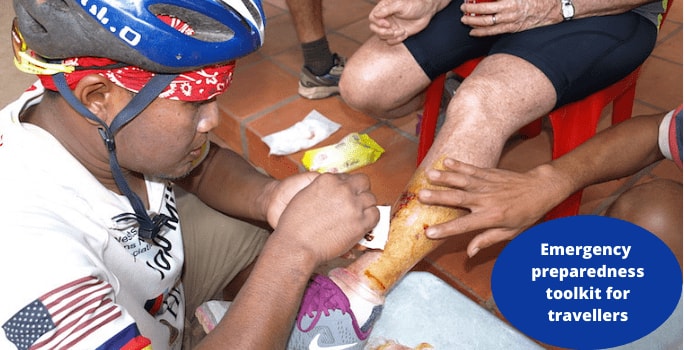

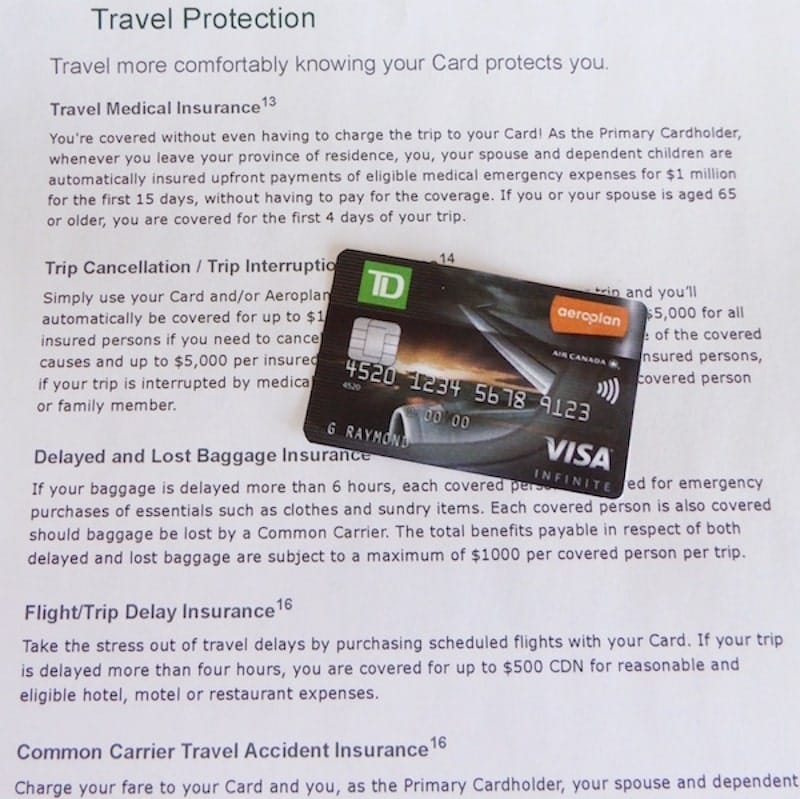
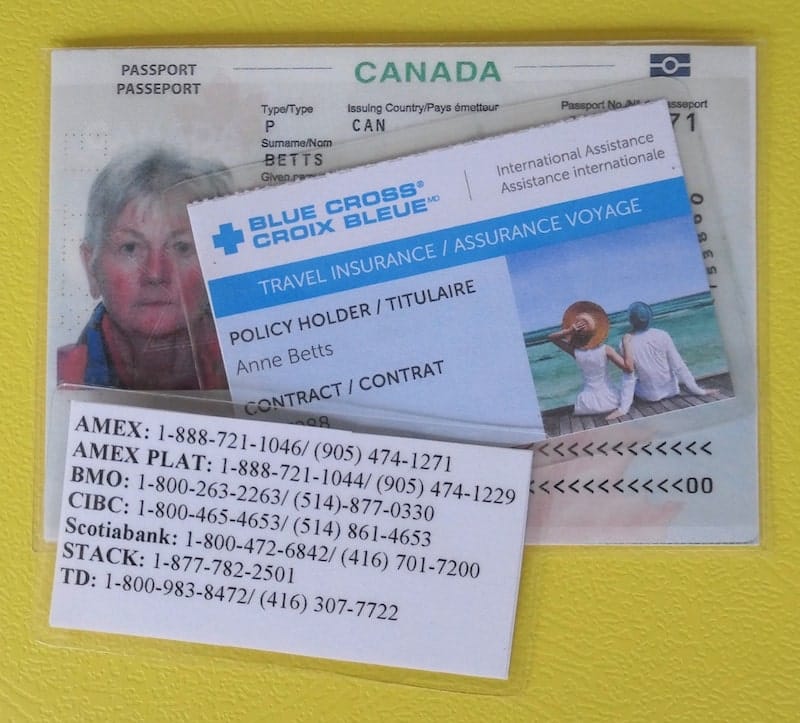
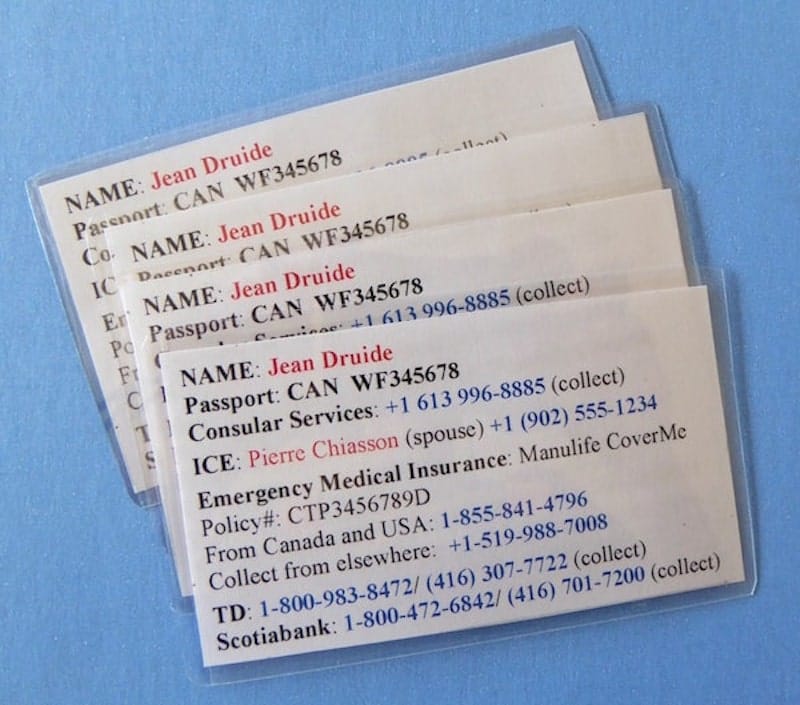

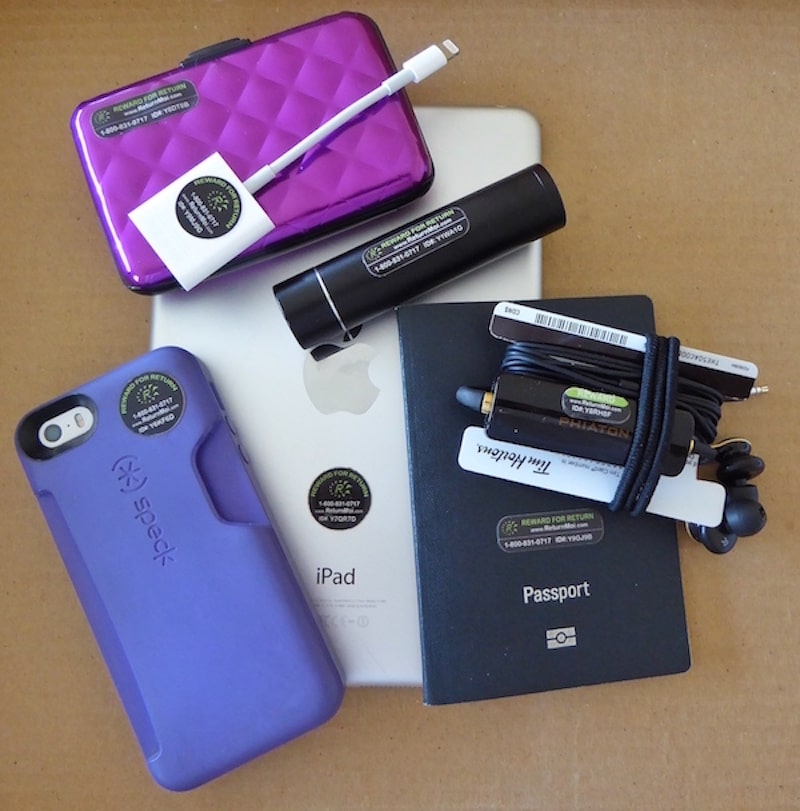
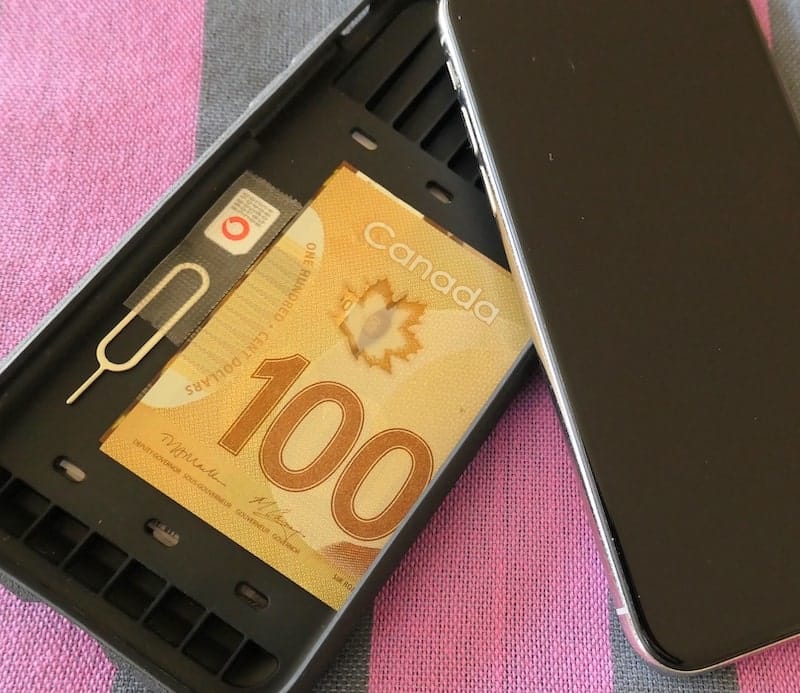
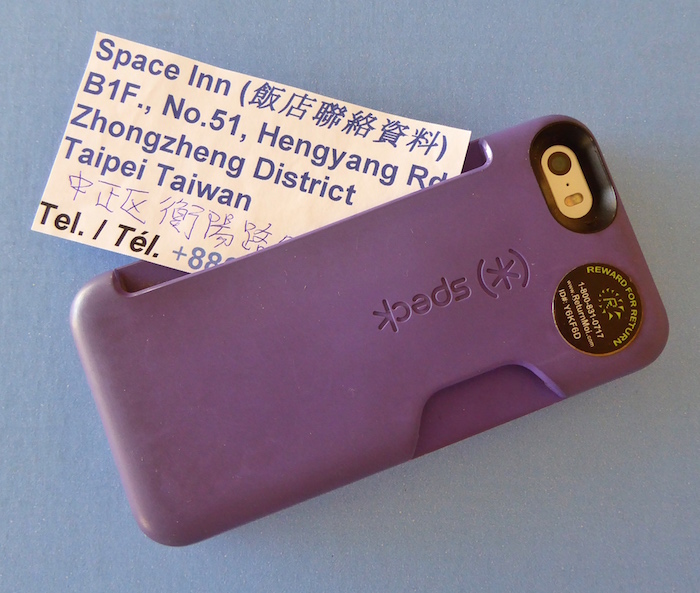
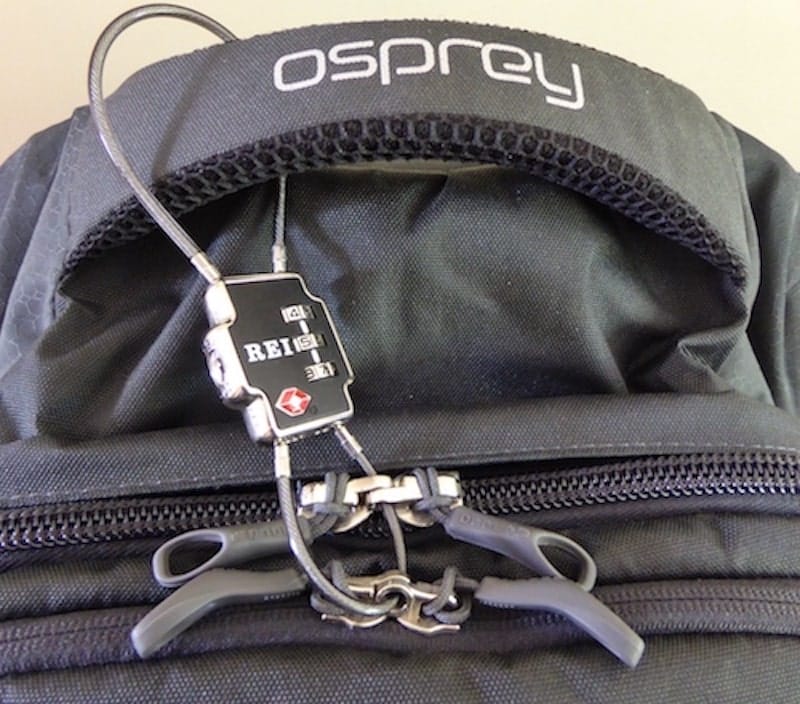
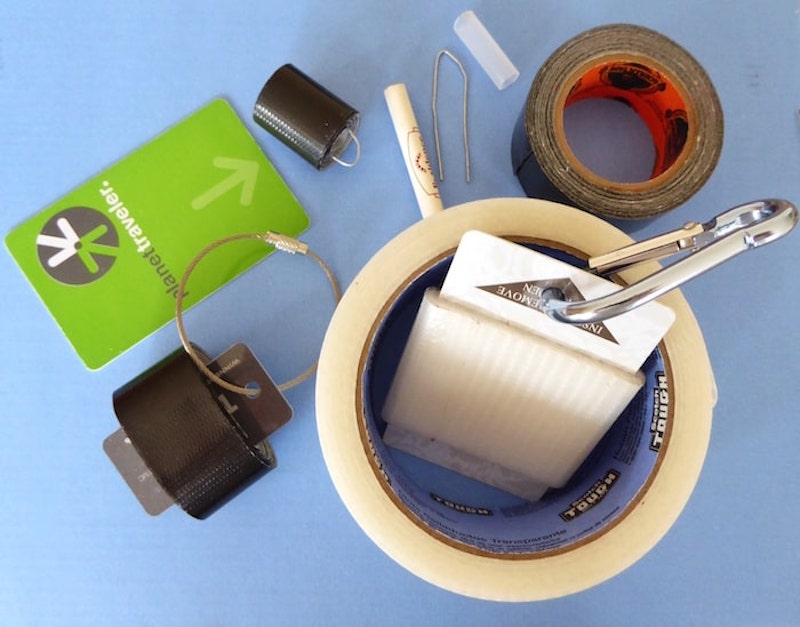
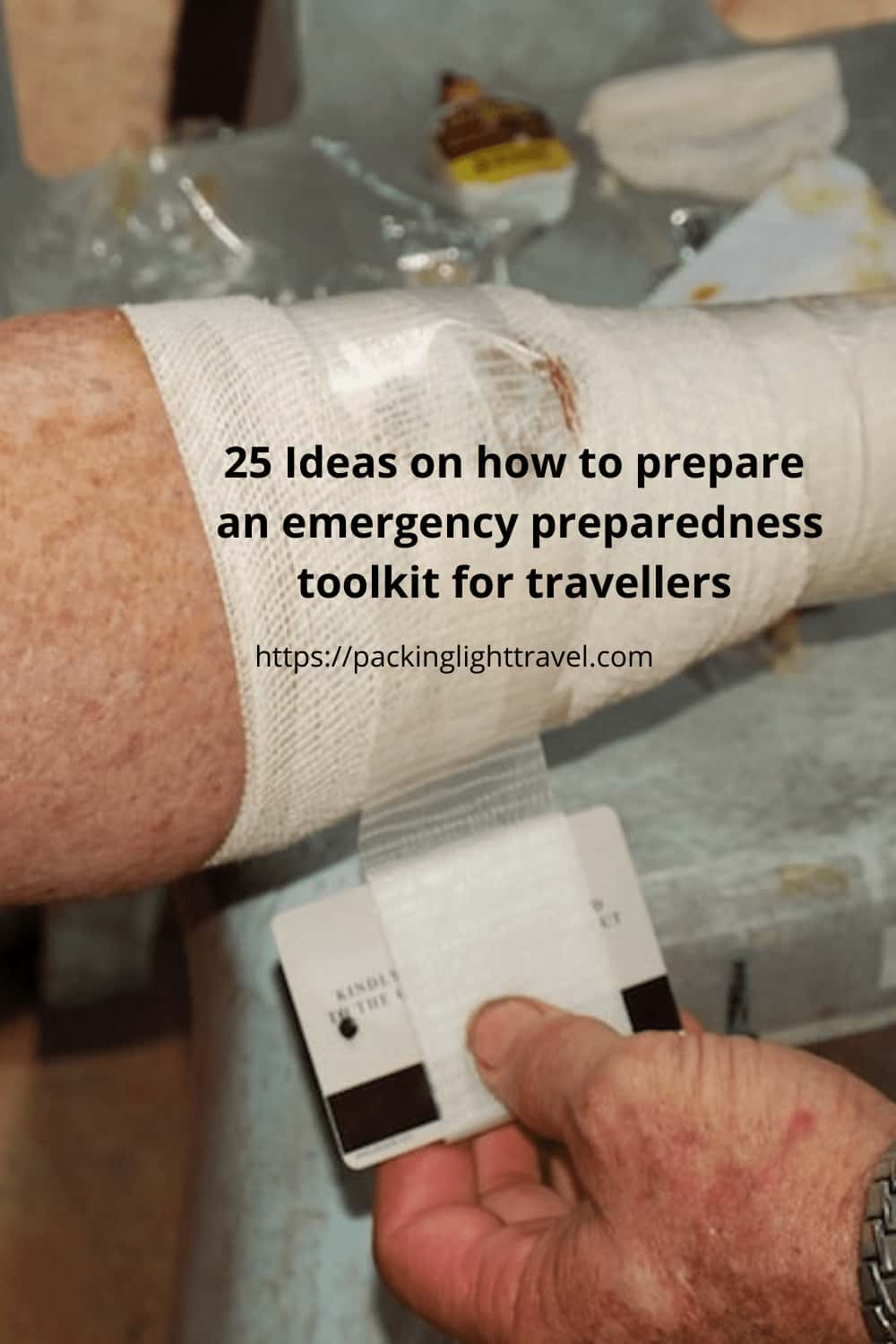




For travelers, these amazing tools will definitely do the job while you’re hitting the road. As you travel far enough and reaching your limit, you’ll feel comfortable always by having this emergency toolkit with you. You won’t know what will happen to you while crossing across the mountain and cities. But one thing you can guarantee is that you will have a safe trip till the end of your journey.
I love traveling a lot! In different places, conditions and scenarios. So, sometimes I may not know when a call for preparedness may come. Reading your blog made me more aware about always being prepared. Thank you for sharing your tips and ideas! Great job!
These are so thoughtful and practical! I’m very impressed and already a smarter traveler 🙂 Thanks Anne !!